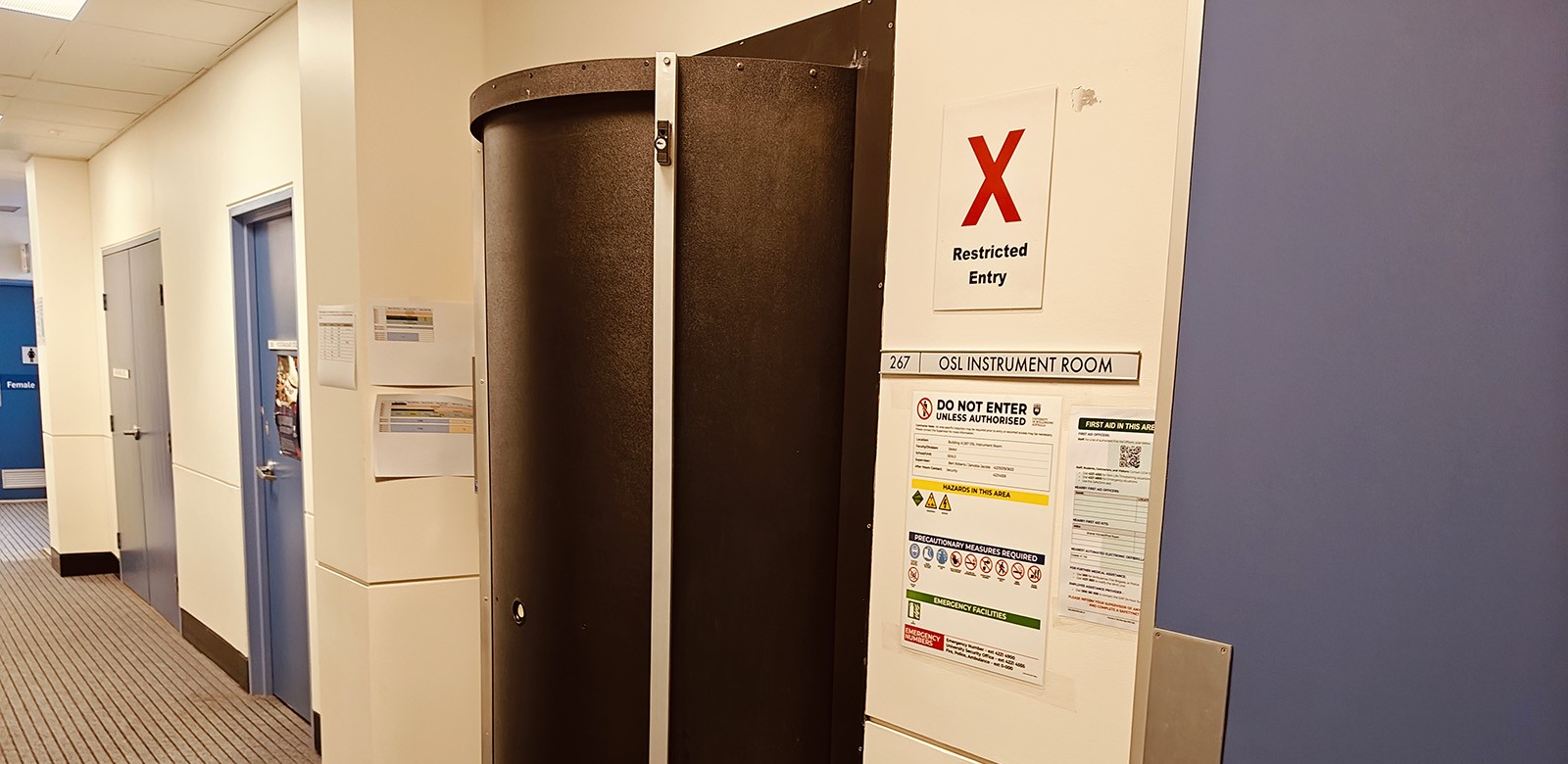Luminescence dating is one of the most widely applied geochronological tools that enables archaeologists and geoscientists to place past events of interest on a timeline. This technique provides an estimate of the last time sediments were exposed to sunlight or heat. Specifically, optically stimulated luminescence dating (or optical dating) can be used to estimate the time of sediment deposition. The age range over which the method can be applied is from a few tens of years to several tens or hundreds of thousands of years.
The luminescence dating laboratory at the University of Wollongong was established by Professor Richard G. Roberts in 1999. The current facility, known as ‘The Optical Dating Facility’, was established in 2009 and led by Professor Zenobia Jacobs. Since 2024 the facility is directed by Professor Bo Li. The facility has been widely acknowledged to be the world’s premier facility (Science, 6 May 2011). The members of the facility have been working on projects at the cutting edge across both methodological developments that include disciplines such as radiation physics, mineralogy, geochemistry, genomics, sedimentology and statistics, and also applications across a broad range of disciplines, including the archaeological, biological and Earth Sciences.
